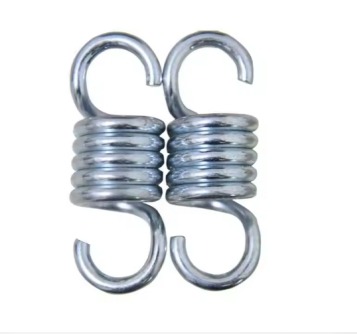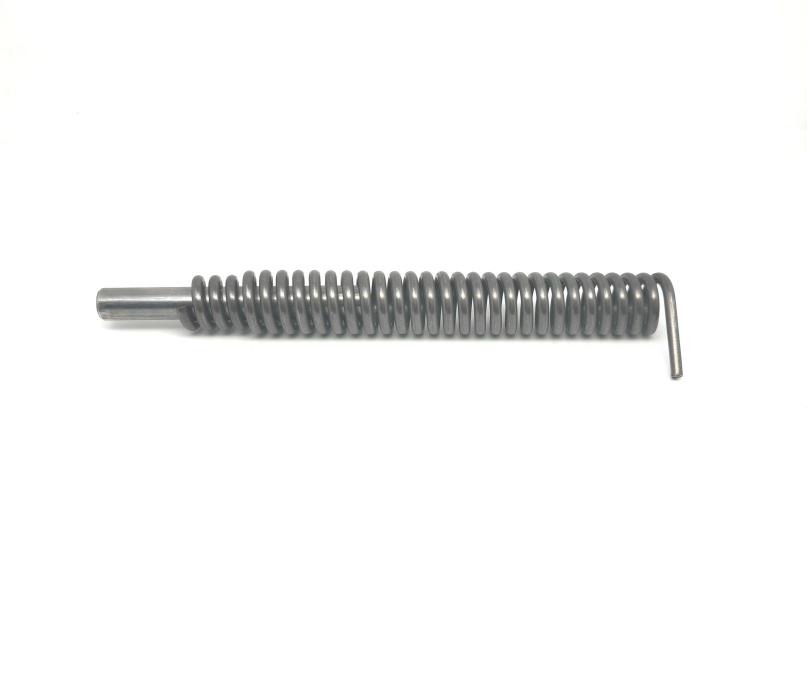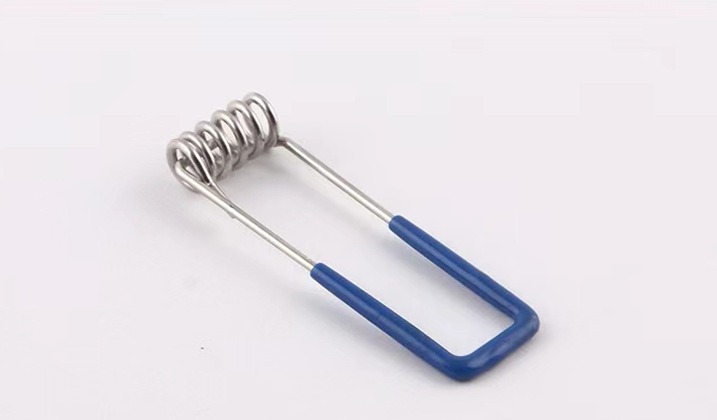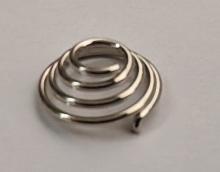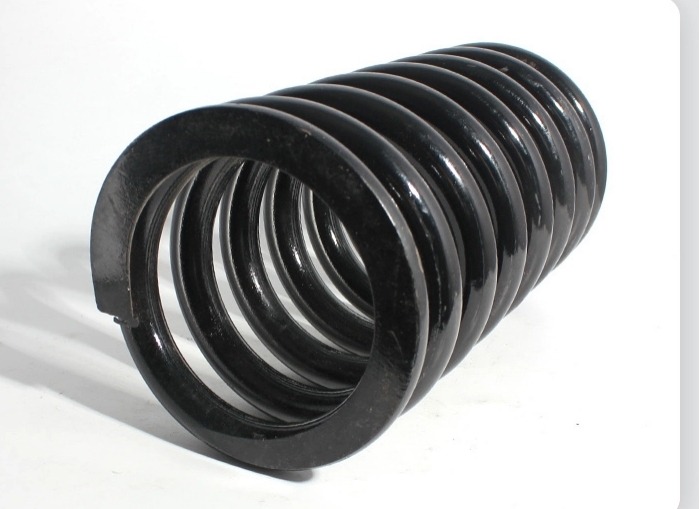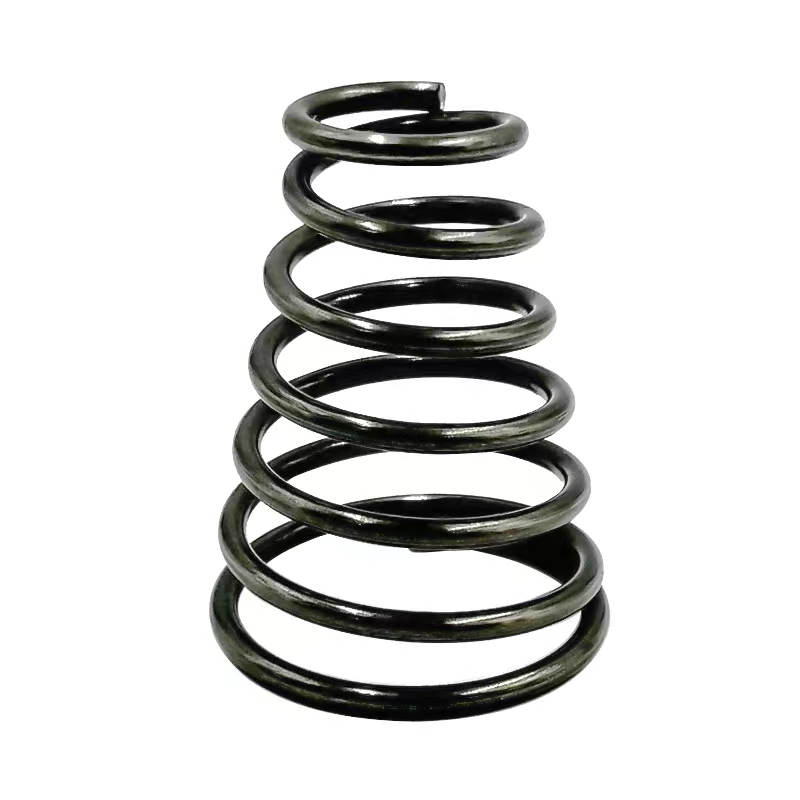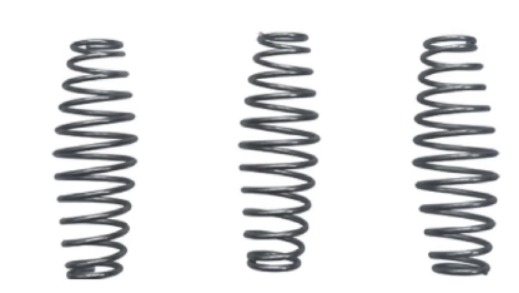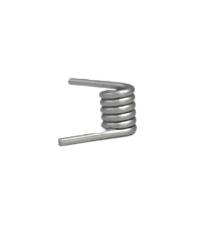The Crucial Role of Die Springs in Mold Design and Manufacturing
Die Springs, often referred to as mold springs or rectangular section springs, are indispensable components in the world of mold and machine design. These springs are meticulously engineered to provide the essential force needed to maintain precise alignment during the closure of molds and to release this pressure seamlessly upon mold opening. This critical function ensures the smooth separation of mold components, facilitating the consistent production of high-quality parts.
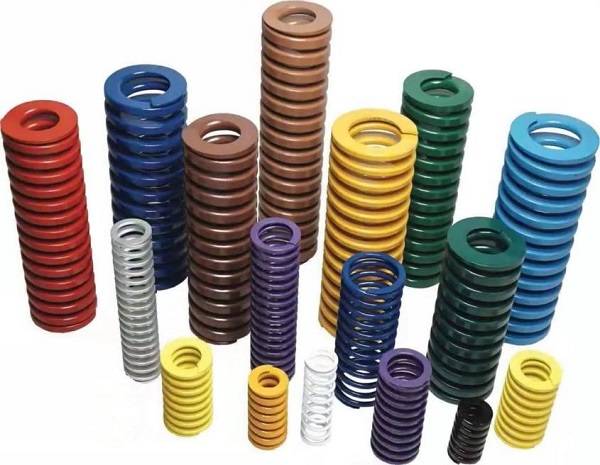
Working Principles of Die Springs
1. Compression and Energy Storage
The core function of a die spring lies in its ability to compress and store energy. When a mold closes, the die spring is compressed, deforming its internal metal structure elastically. This deformation is reversible, meaning that once the external force is removed, the spring attempts to return to its original shape. The energy stored in the compressed spring is crucial for the mold’s operation, as it provides the force needed to maintain alignment and support during the molding process.
2. Energy Release
Upon mold opening, the die spring releases the stored energy, driving the moving parts of the mold back to their original positions. This release of energy is essential for overcoming the weight of the mold components and any other resistance encountered. The spring’s elastic force ensures that the mold resets correctly, which is vital for maintaining consistent product dimensions and quality.
3. Repeated Use
Die springs are designed to withstand numerous compression and release cycles without significant degradation. This durability is achieved through the use of high-elasticity materials that have excellent fatigue resistance. The ability to endure repeated cycles without failure is a key feature that distinguishes die springs from other types of springs.
Key Features of Die Springs
- Compact Installation: One of the significant advantages of die springs is their compact design. They can provide substantial force within a small installation volume, making them ideal for applications where space is limited. This compactness allows for efficient use of available space in mold and mechanical designs.
- Good Elasticity: Die springs are engineered to maintain consistent elastic properties under various working conditions. This consistency is crucial for ensuring reliable performance and accurate mold operation, as fluctuations in elasticity can lead to inconsistent product quality.
- High Stiffness and Precision: Die springs exhibit high stiffness and precision, enabling them to deliver uniform pressure throughout their operational range. This precision is essential for ensuring that the mold operates accurately and produces high-quality parts consistently.
- Long Fatigue Life: The design and material selection for die springs are optimized to provide a long fatigue life. By using materials with high fatigue resistance and employing advanced manufacturing techniques, die springs can withstand long-term cyclic loads without experiencing fatigue damage.
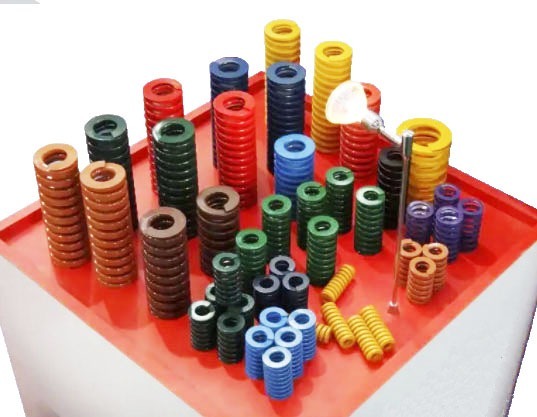
Role of Die Springs in Mold Manufacturing
In the realm of mold manufacturing, die springs play multiple critical roles as follows:
- Protection of Molds: In mold manufacturing, die springs play a critical role in absorbing and dispersing shocks and vibrations during operation. By mitigating these forces, die springs help reduce potential damage to the mold, extending its lifespan and reducing maintenance needs.
- Quality Assurance: Die springs are essential for ensuring that molds perform the correct opening and closing actions during the molding process. By providing the necessary elasticity and rebound force, die springs help maintain the dimensional accuracy and surface quality of the molded parts.
- Gap Adjustment: Die springs can be used to adjust the gap between mold components, accommodating different sizes and shapes of products. This adjustability ensures that the mold remains properly aligned and functions effectively across a range of applications.
- Production Efficiency: The use of die springs can enhance production efficiency by facilitating faster mold operation. The ability of die springs to provide reliable force and quick response times contributes to shorter production cycles and improved overall productivity.
- Compensation for Wear: Over time, molds can experience wear and deformation. Die springs help compensate for these changes by maintaining their force characteristics and adjusting to minor alterations in the mold’s shape, thereby preserving accuracy and performance.
- Vibration and Impact Buffering: Die springs also act as buffers for vibrations and impact forces generated during mold use. By absorbing these forces, die springs enhance the stability of the mold and reduce the impact of external forces on the overall system.
- Control of Mold Operation: Die springs are instrumental in controlling the opening and closing behavior of molds. By adjusting the spring’s force and positioning, die spring manufacturers can precisely control the speed and stability of mold movements, ensuring optimal operation.
Selection Criteria for Die Spring Materials
Choosing the appropriate material for die springs is a critical step in ensuring their optimal performance and longevity. The following criteria are essential when selecting materials for die springs:
- Strength and Durability: Choosing the right material is crucial for ensuring the performance of die springs. High-strength materials are essential to withstand the cyclic loads imposed on the springs. These materials must resist breaking or permanent deformation under repetitive stress.
- Elastic Limit: The material used in die springs must have a sufficiently high elastic limit, allowing it to return to its original shape after compression or stretching. This property is critical for maintaining the spring’s functionality and longevity.
- Fatigue Life: The selected material should exhibit high fatigue life to reduce the likelihood of failure over time. Materials with good fatigue resistance help ensure that die springs remain reliable throughout their operational life.
- Corrosion Resistance: Depending on the application environment, corrosion resistance may be a critical factor in material selection. Die springs used in corrosive environments require materials that can withstand exposure to chemicals and moisture without degrading.
- Hardness: The hardness of the material affects the spring’s ability to maintain its shape and prevent excessive compression. Proper hardness ensures that the spring performs as intended without deforming under load.
- Machinability: The material must be machinable to achieve the desired shape and dimensions while retaining its mechanical properties. Ease of processing is essential for manufacturing die springs to precise specifications.
Common Materials for Die Springs
Common materials used for die springs include:
- High Carbon Steel (e.g., ASTM A228): Known for its strength and elasticity.
- Oil-Quenched Chromium Silicon Steel (e.g., ASTM A401): Offers high fatigue resistance.
- Stainless Steel (e.g., ASTM A313): Provides excellent corrosion resistance.
- Phosphor Bronze (e.g., ASTM B159): Combines strength with good fatigue properties.
- Nickel Alloys (e.g., Inconel X750): Suitable for high-temperature applications.

Tips for Measuring Die Spring Fatigue Life
The measurement of die spring fatigue life is a critical step in ensuring their reliability and longevity as follows:
- Fatigue Testing Machine: To assess the fatigue life of die springs, specialized fatigue testing machines are used. These machines apply cyclic loading to the springs until failure occurs, allowing for the measurement of stress levels, cycle counts, and visible damage.
- Fracture Analysis: After fatigue testing, the failed springs are analyzed to determine the origins and progression of fractures. This analysis helps identify potential design or material issues that may have contributed to the failure.
- Stress-Life Curves: Stress-life curves, such as Wöhler or S-N curves, are created by plotting fatigue life against different stress levels. These curves help predict the lifespan of die springs under specific stress conditions.
- Environmental Considerations: Environmental factors, such as temperature, humidity, and exposure to corrosive substances, can impact the fatigue life of die springs. Testing conditions should reflect these environmental factors to accurately gauge performance.
- Statistical Analysis: Multiple fatigue tests are conducted to gather reliable data. Statistical analysis of these results provides insights into average lifespan and lifespan distribution, helping to predict the spring’s performance in real-world applications.
- Non-Destructive Testing: Non-destructive testing methods, such as ultrasonic and magnetic particle inspection, are employed to monitor the integrity of die springs and detect early defects without causing damage.
- Standard Compliance: Fatigue life testing should adhere to relevant international standards or industry norms, such as ISO, ASTM, or DIN. Compliance ensures the accuracy and comparability of test results.
Selecting Die Spring Dimensions Based on Mold Requirements
Choosing the correct dimensions for die springs is a critical step in ensuring that they meet the specific requirements of the mold application. The following considerations are essential in selecting the right die spring dimensions:
- Determining Required Force: The first step in selecting the appropriate die spring size is to calculate the force required during mold operation. This includes the holding force needed to keep parts in position and the resetting force needed to return the mold components to their original state.
- Spring Travel Calculation: Determine the maximum compression or extension distance required for the spring based on the mold’s design. This measurement is crucial for selecting the correct spring size and ensuring proper function.
- Material Selection: Choose a material that meets the performance and environmental requirements of the application. The material should provide the necessary strength, elasticity, and resistance to environmental factors.
- Spring Diameter and Coil Count: Larger diameters and fewer coils generally provide higher force but increase the spring’s size and weight. Conversely, smaller diameters and more coils result in lower force but a more compact design. Balance these factors based on application needs.
- Safety Factor: Incorporate a safety factor to ensure the spring can handle extreme conditions reliably. This factor is typically a percentage of the maximum expected load to account for unforeseen stresses.
- Practical Testing: Before finalizing the spring size, conduct practical tests to verify calculations and performance. Testing helps ensure that the selected spring meets operational requirements and performs as expected.
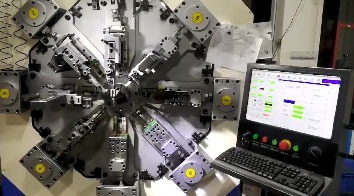
The unique working principles, combined with carefully selected materials and precise sizing, make die springs indispensable for maintaining high-quality mold performance and efficiency. By understanding the intricacies of die springs, manufacturers can optimize their designs, improve production processes, and ensure reliable operation over the long term.

